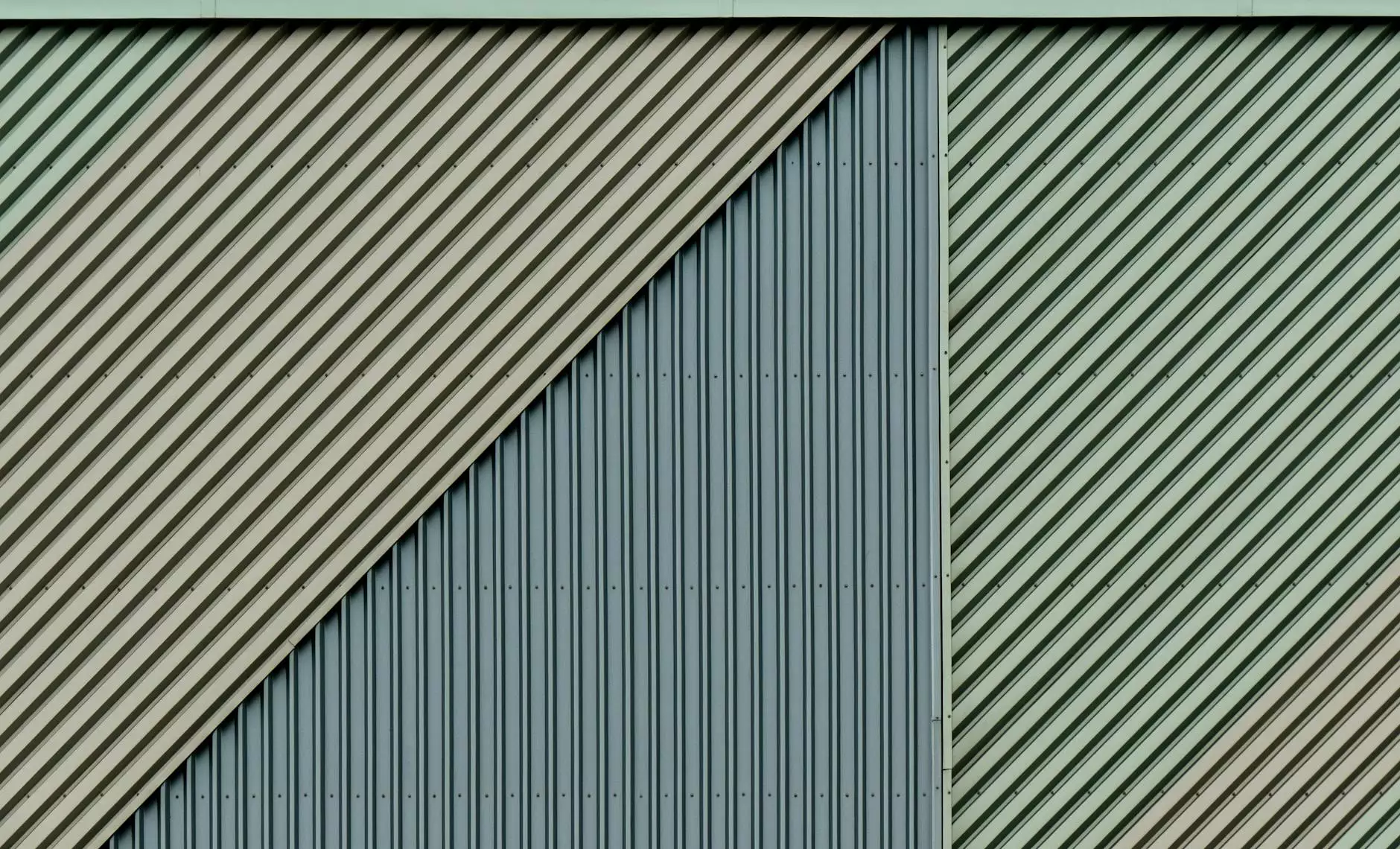Art Using Light: A New Dawn in Artistic Expression

Art using light is a fascinating discipline that merges technology, creativity, and illumination to transform spaces and perceptions. As we delve deeper into this captivating realm, we uncover the profound effects light can have on art and the human experience. This exploration reveals how artists manipulate light to create stunning installations that transcend traditional boundaries, inviting viewers into a dialogue that resonates with a myriad of emotions and thoughts.
The Evolution of Light as an Artistic Medium
Throughout history, light has played a pivotal role in art, from the chiaroscuro techniques of the Renaissance to the mesmerizing effects of modern light installations. Artists such as Joseph Wright of Derby and later, contemporary visionaries like James Turrell have showcased the extraordinary potential of light to create immersive experiences. The evolution from canvas to space has fundamentally altered how audiences engage with art.
The Significance of Light in Art History
Historically, light has been harnessed not only for its aesthetic value but also for its symbolic meanings. Some key highlights in the history of light in art include:
- Renaissance Techniques: Artists mastered the interplay of light and shadow to enhance realism.
- Impressionism: The focus on natural light created vibrant color palettes and dynamic scenes.
- Modernism: The manipulation of artificial light became a ground for experimentation.
Contemporary Approaches to Art Using Light
In the contemporary art scene, the use of light has taken on new dimensions, particularly with the advent of technology. Artists are now equipped with tools that enable them to craft experiences that are not only visually appealing but also deeply engaging.
Innovative Techniques in Light Art
Several innovative techniques define modern art using light:
- Projection Mapping: This technique involves using video projections to transform ordinary objects or surfaces into dynamic visual environments. Artists like Refik Anadol are pioneering this approach, creating stunning visual narratives that captivate audiences.
- LED Installations: The use of LEDs allows for energy-efficient, versatile light designs that can be manipulated in a myriad of ways, giving rise to interactive installations that encourage audience engagement.
- Light Sculptures: Artists create three-dimensional forms using light itself, often blending it with physical materials to invoke a sense of wonder and contemplation.
The Impact of Art Using Light on Spaces
The integration of light-based art profoundly impacts architectural spaces and environments. By enhancing the physical characteristics of spaces, artists can manipulate mood and atmosphere. Here’s how:
Transforming Public Spaces
Art installations using light in public spaces, such as parks and urban areas, have shown to foster community engagement. Notable projects include:
- CityLight: An initiative that integrates light installations in cityscapes, encouraging participation and exploration through art.
- Light Festivals: Annual events like the Vivid Sydney illuminate the city with stunning projections, promoting cultural tourism and artistic dialogue.
Architectural Lighting Design
Architects are increasingly incorporating light into their designs, emphasizing how natural light can enhance the aesthetic and emotional experience of a space. This convergence of architecture and art through light leads to:
- Enhanced Aesthetics: Light can create visual excitement and highlight architectural features.
- Sustainability: Using natural light efficiently can reduce energy consumption.
- Emotional Resonance: Different lighting strategies can influence how individuals perceive and interact within a space.
Art Using Light as a Form of Social Commentary
Artists have harnessed the power of light not only for visual beauty but also as a medium of social commentary. Through bold installations, artists explore pressing societal issues and challenge viewers to confront uncomfortable truths.
Illuminating Critical Issues
Light art can serve as a powerful tool for activism, drawing attention to themes such as:
- Climate Change: Artists use light to represent environmental degradation, creating installations that evoke urgency and inspire action.
- Social Justice: Through interactive pieces, artists encourage dialogue around equality and human rights.
- Urban Identity: Light installations can reflect the cultural heritage and identity of a city, inviting residents to engage with their surroundings in new ways.
The Future of Art Using Light
As technology continues to advance, so too will the possibilities for art using light. The art world will likely witness:
- Increased Interactivity: Artists will create immersive experiences that invite active participation from audiences.
- Augmented Reality (AR): The fusion of light art with digital experiences will offer new ways to interact with art.
- Global Collaborations: Artists worldwide will collaborate to create international light art projects, breaking geographical barriers.
Conclusion
In summary, art using light represents a vibrant and transformative approach to artistic expression that continually evolves. It captivates audiences, fosters community engagement, and challenges societal norms. As we embrace technological advancements, the possibilities for light as an art medium are limitless; we will witness a future filled with wonder, innovation, and inspiration. The journey of art using light is just beginning, and its brilliance is set to illuminate the artistic landscape for years to come.
Explore more about the enchanting works of light artists like Grimanesa Amorós by visiting grimanesaamoros.com. Immerse yourself in her world of light-based art and discover how she intertwines culture and technology.









